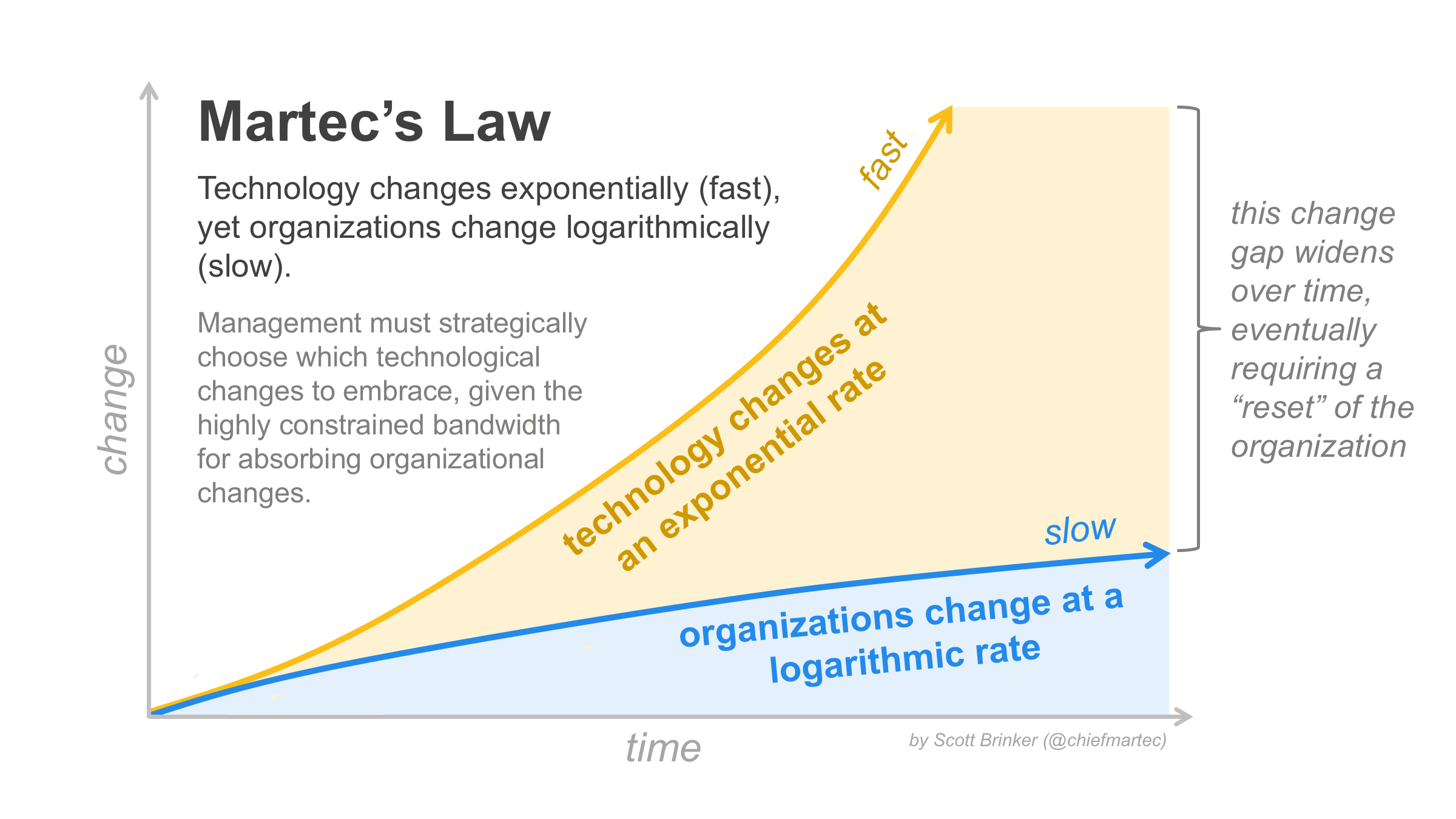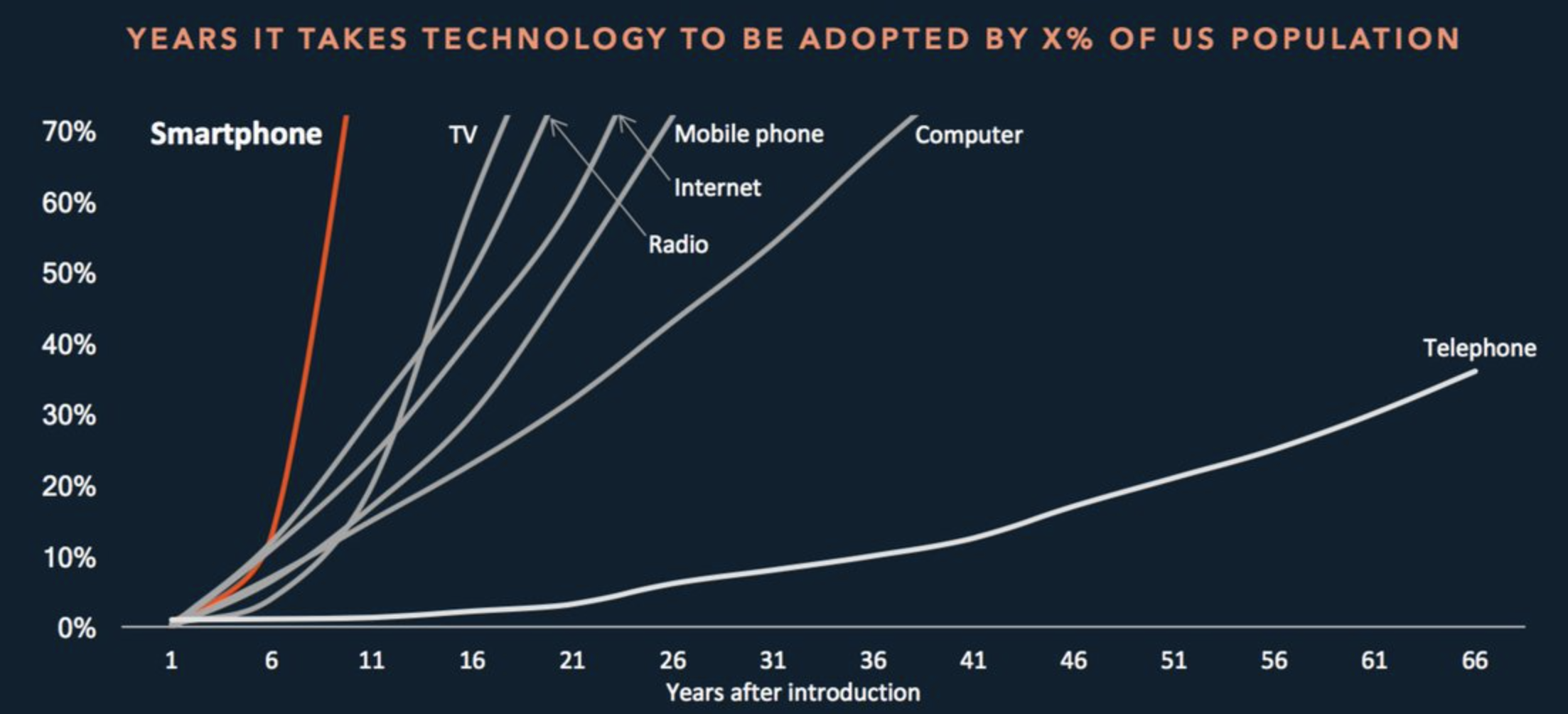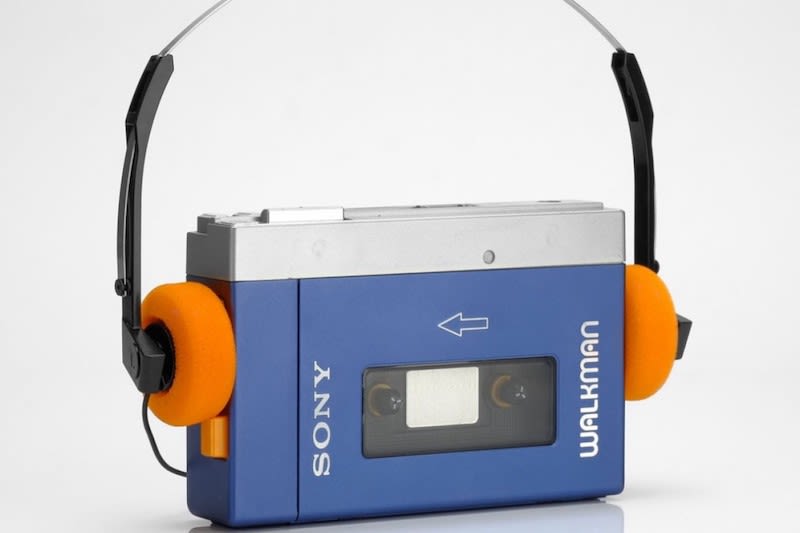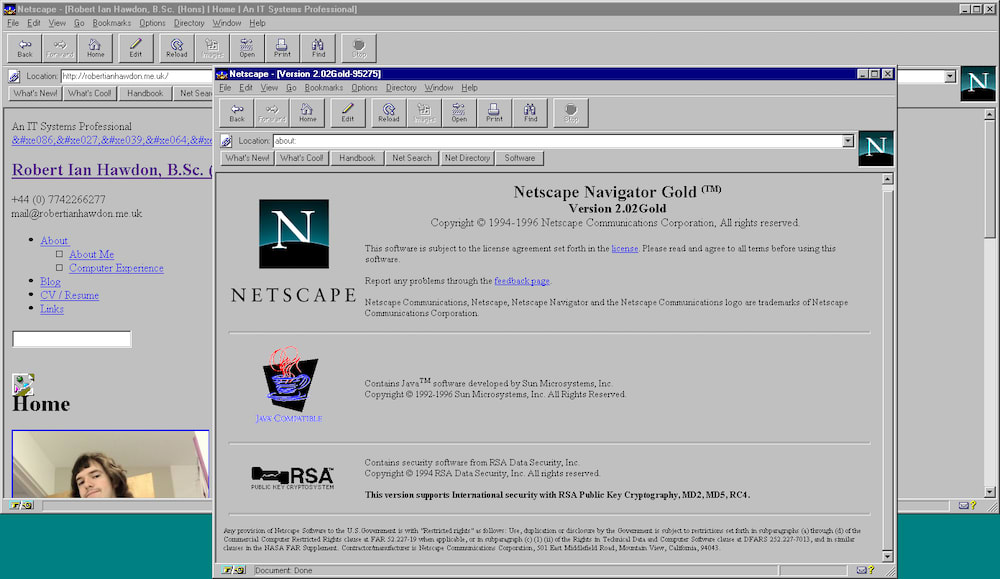Why being the first mover is mostly irrelevant

Even though the authors of the 1988 paper, "First Movers Advantages" that popularized the term backed off from most of the claims in a follow-up paper in 1998, First Movers (Dis)Advantages, the term refuses to die.
First mover advantage is the focus of the Defensibility slide for every other startup pitch (along with Network effects). Every year, thousands of companies pump in hundreds of millions in advertising to grow fast, hoping to get these advantages, and VCs across the globe are looking for their next big win in a first mover. The idea that you might be too late can be dangerously misleading for aspiring entrepreneurs.
First-mover advantage is the advantage gained by a company that is first to introduce a product in the market, the advantage being that it can set up a strong brand and a loyal customer base before other players enter the market.
Potential first mover advantages
There are 3 types of advantages that can be capitalized by a first mover:
Technology edge
Apart from always staying ahead by out-innovating anyone else entering the market, companies can also use patents to block other players and protect their edge. For e.g. the winner of a patent race in the pharmaceutical industry.
Depending on the market, the pioneer might also have a learning curve advantage. In layman terms- the learning curve advantage means that doing something enough number of times enables you to do it faster, better and cheaper. This can create a significant cost advantage, if the insights are not obvious and can be kept secret.
- Lieberman and Montgomery
Pre-emption of assets/ control of resources
A first mover could potentially gain advantage by gaining scarce assets like natural resources or shelf space. While this could enable companies to get a headstart, maintaining the headstart with a relentless focus on technological innovation and customer experience is a whole new battle.
Sam Walton, the founder of Walmart was famously the first to realize the long term opportunity of building supermarkets in small towns making it unprofitable for any future entrants. Developing a more efficient supply chain enabled Walmart to keep prices low, making it the market leader.
Loyal customer base/ Switching cost
Switching costs can also create an advantage for the first mover. Followers might need to put in significantly more capital to market their products, and convince users to switch to a new brand.
Once a customer is accustomed to a particular brand, the cognitive effort required to understand the additional benefits of an alternate brand is so high that most customers stick with the first brand.
Another strategy that companies often use is to lock-in customers with loyalty programmes (B2C) or 12 month/ longer contracts (B2B).
However, a change in technology or customer preferences can more than compensate for any first mover advantages with respect to switching costs.
Factors influencing first mover advantage
In the The Half-Truth of First-Mover Advantage, the authors discuss the 2 main factors that influence the first mover advantage.
Pace of technology evolution

A fast paced technology makes it difficult for any one company (even the current market leader) to control it. Startups often drive technological innovation in categories led by large companies with huge R&D and marketing budgets.
When the pace of technological innovation is high, consumers tend not to commit to a particular product or brand- consumers don't care who was first, they just want the best.
Pace of market evolution

Market evolution in a given product category can be influenced by several factors like changes in consumer tastes or preferences, emergence of new regulations, degree of market fragmentation, and consumer education.
- Christensen
Combined effects of market and technological change
Stable market, stable technology

This combination is the most likely to lead to the strongest and the longest lasting first mover advantages. It enables the first mover to develop the product at a comfortable pace, as the market grows- making it possible to create, define and own a category.
A slow pace of technological changes makes it difficult for followers to differentiate their offering enough to give buyers a reason to switch. Even if they do come across an opportunity for differentiation, the market is growing slowly- the first mover has enough time to incorporate the changes in time without losing market share. 3M's Scotch tape and Hoover's vacuum cleaners are prime examples.
Market leads, technology follows

In this scenario, usage of your product is increasing without you having to pursue any innovation. While this enables you to get a short-term advantage, the challenge here is to set up distribution channels globally before someone else does. A first mover with limited resources or limited understanding of the market would only get short-term advantages before someone else is able to sell the product faster and distribute wider.
Sony's Walkman had a market share of ~48% 10 years after the launch, owing to its superior resources— design skills, marketing know-how, and a trusted brand.
Technology leads, market follows

When the technology is moving fast, and the market is taking its own sweet time to warm up to the product, being first is effectively useless- advances in the technology may render the first mover's knowledge obsolete, kill the effectiveness of patents (about 60% of successful innovations are imitated within 4 years) and also negate “learning curve” advantages.
In this scenario first mover advantages are difficult to sustain. One strategy that works in this category is to focus on the user experience while the market evolves, and hit the market with the product when the time is right.
Volatile market, volatile technology

Technology is advancing quickly, and so is the demand for the product- this scenario makes a long term first mover advantage unlikely. In most cases, the pioneers in these categories are overtaken by followers with faster innovation and a higher marketing reach. For longer-term advantages, a first mover would need mighty resources.
While followers typically win in this category, pioneers who know when to exit can benefit as well. The fact that the future generations would never know what Netscape was (one of the first web browsers), that did not stop Netscape from being acquired in a $10 billion deal.
The first mover disadvantage
- Kerin, Kalyanaram, and Howard
While there are advantages to being first to market, there are several disadvantages that one needs to keep in mind:
Being first can be very expensive
When you're the first, you've got to make all the mistakes yourself to learn because no one has done it before. These mistakes can be expensive- R&D, product development, regulations, customer discovery, marketing all add to the cash burn and there's no certainty that you will figure it out before you run out of money.
Incomplete understanding of customer problem
First movers typically do not have the time or opportunity to fully understand the customer problem- they have to guess. A major part of the Customer Discovery process adopted by fast followers is to understand what worked for the first-mover and more importantly what didn't.
Buyer education
One of the main advantage a follower has is buyer education. The pioneer creates a completely new market with their technological innovation and marketing spend on educating the customer. The followers start from the point where the customer has already been educated about the offering, and already has the need- the follower only needs to create a better product and sell it, as opposed to first having to sell the idea.
With a clearer understanding of what the customer needs, building a product is faster and cheaper. Marketing money can be focused on highlighting the differentiation, as opposed to educating the customer.
Does this mean the first follower will win?
Being a successful fast follower is not about copying the competitor. Well it is that, but you also need to learn from their mistakes and outdo them by creating a better user experience.
Consumer markets are typically seen to have stronger first-mover advantages. Consumers often have insufficient information to compare products, and tend to stick with the brand they know, which is typically the pioneer.
A first-entrant can gain advantages through network effects. Network effects occur when a company’s offering becomes more valuable as usage increases. For example, if a social media platform can gather the largest share of users, the service becomes more attractive for new users. That being said, Snapchat (founded in 2011) is more popular than Facebook (founded in 2004) among teens in the US.
- Kerin, Kalyanaram, and Howard
Which non first mover companies are winning
Tableau is an interactive data visualization tool that started in 2003. It wasn't the first tool, or the 5th or probably even the 50th but that didn't stop Tableau from crossing 100M in annual revenue in less than 10 years since inception or getting acquired by Salesforce for a whopping $15.7 billion!
There were probably more than 100 different business communication platform developed before Slack came along.
Founded in mid 2013, Slack was acquired for $27 billion in 2020.
Printful (founded in 2013) was preceded by atleast a few dozen ecommerce platform to print custom t-shirts. Two young entrepreneurs from Latvia, entered a category led by several players with big pockets and within 6 years they bootstrapped the business to become one of the world’s most successful ecommerce companies. In 2019, they hit $116 million in revenue.
We forget that none of the iPod, iPhone or iPad were the first in their respective categories. A different company created these categories, Apple waited to understand the shortcomings of the original product and released products with superior user experience replacing the pioneers in each of these categories.
Conclusion
As a first mover, a lot of work goes into understanding the market, developing the product, educating the market, figuring out distribution and refining the business model. Depending upon the pace of market adoption, this might take several years and a huge amount of capital. However, as a late entrant to a market that is still growing, you can design a better user experience and steal market share.
